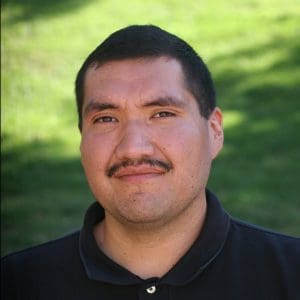This blog is brought to you by Jesus A. Castaneda, Joel D. Valdez Main Library
As we celebrate el Mes de la Cultura it is important to acknowledge the diversity that exists within the Latinx community. There is no single “look” that is unique to Latinx folks. We come in different shapes, sizes, and colors. While not as visible in comparison to Latinx folks of mestizo, European, indigenous, or African heritage, the Asian Latinx community numbers approximately 6 million all the way from the United States to the southern tip of South America.
Asian migration to Latin America dates to at least the 15th century with the Spanish conquest of the Philippines and the Americas. Filipinos arrived in Mexico through the Manila-Acapulco Galleons as sailors, soldiers, prisoners, or sometimes as slaves. Centuries later when slavery was abolished in Latin America and the Caribbean, workers from China and India were brought as indentured servants. The late 1800s and early 1900s saw millions of Japanese immigrants arrive in Peru and Brazil, opens a new window. So much so that today Brazil has the world’s largest Japanese community outside of Japan with about 2 million people of Japanese descent.
Around the same time, many Koreans left their homeland for Yucatan, Mexico, opens a new window, becoming the first Korean migrants to the Americas chasing “falsely promised wealth and prosperity by Mexican and Japanese labor brokers who were sold into indentured servitude to large henequen planters in the Yucatan.[1]” While most Koreans in Yucatan formed diasporas in Cuba, Guatemala, California, and other parts of Mexico, some of these migrants stayed and formed a Korean-Mayan community based around Merida, Mexico.
Today, some of the descendants of these immigrants have created a name of their own in different fields. Prominent figures such as Mexican singer Ana Gabriel claims Chinese ancestry, while U.S. global superstar Bruno Mars is of mixed Puerto Rican and Filipino heritage. Notorious former Peruvian president Alberto Fujimori is one of the descendants of the more than 2 million Latin Americans that claim Japanese ancestry while Mexican billionaire businessman Carlos Slim has Lebanese heritage.
However, it is also important to emphasize the impact Asian Latinx folks have made in U.S. Latinx/Latin American literature. Below is a booklist highlighting the histories of some Asian LatinX communities in Mexico and the U.S. Southwest as well as literature written by Japanese-Brazilian, Syrian/Lebanese-Argentine, and Israeli-Mexican authors.


